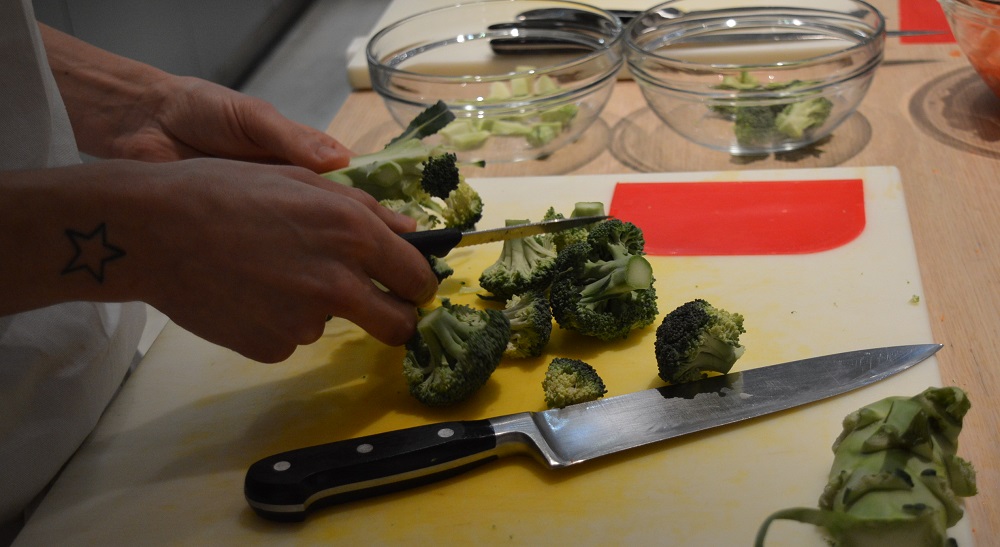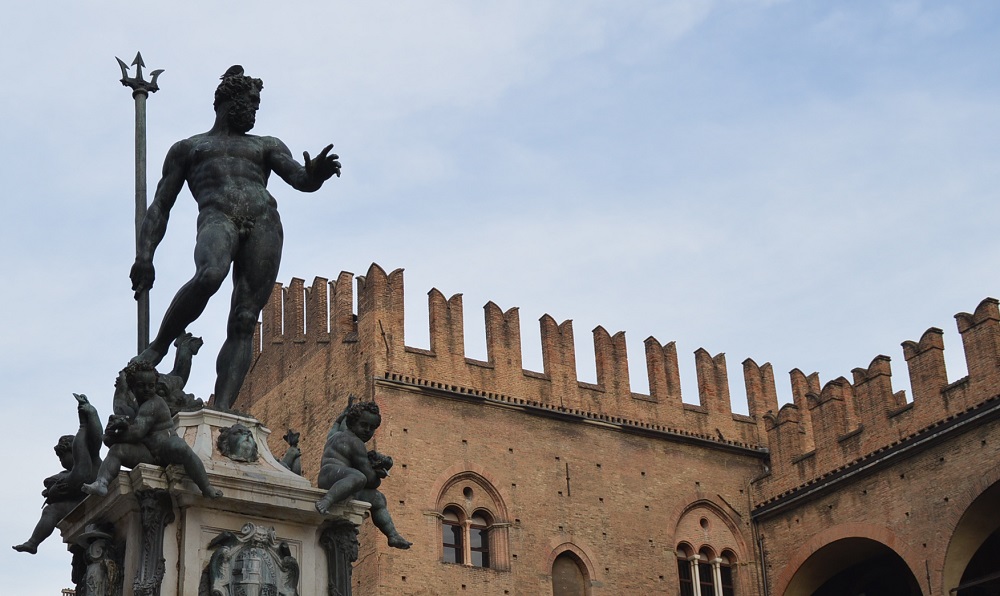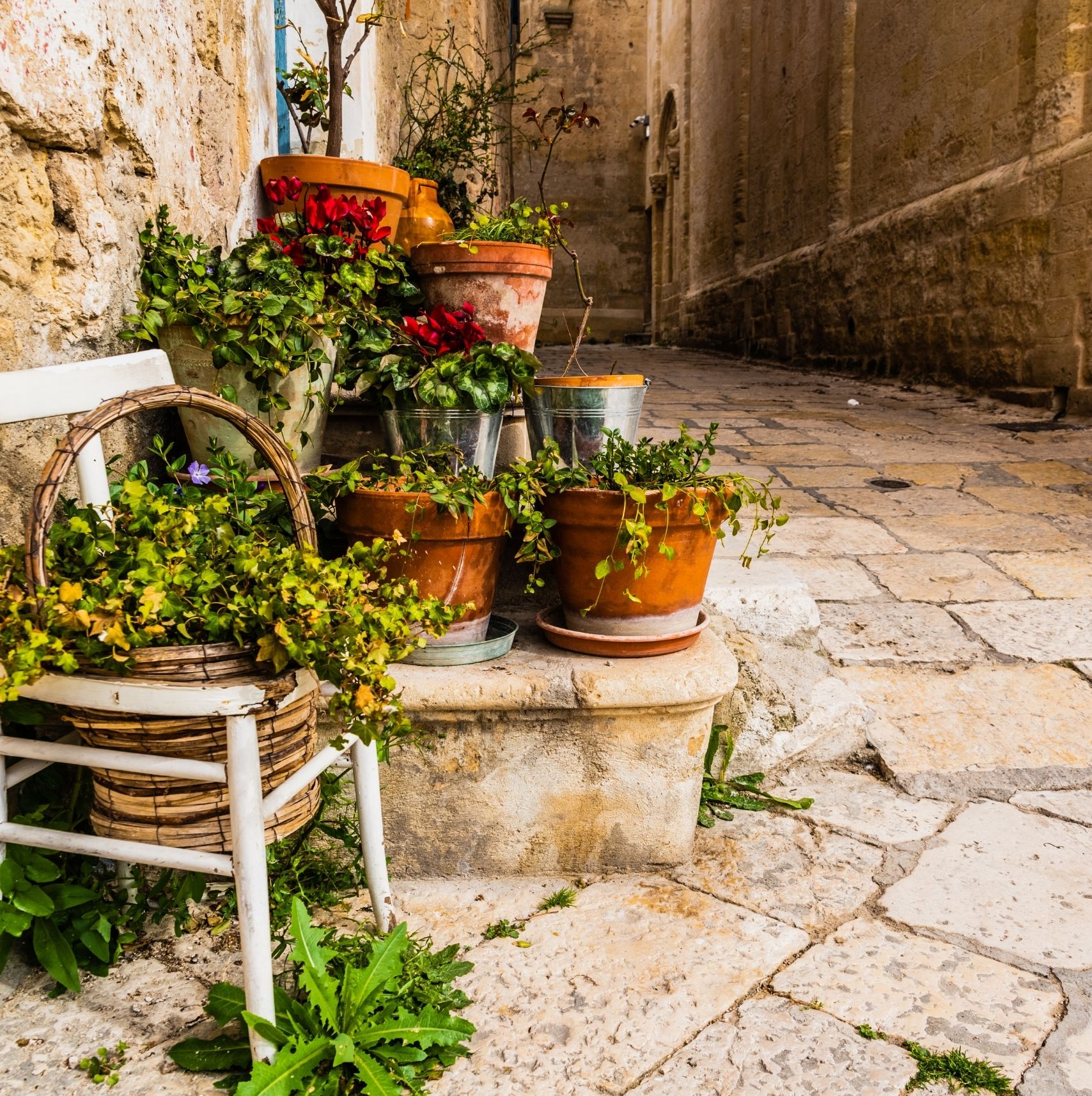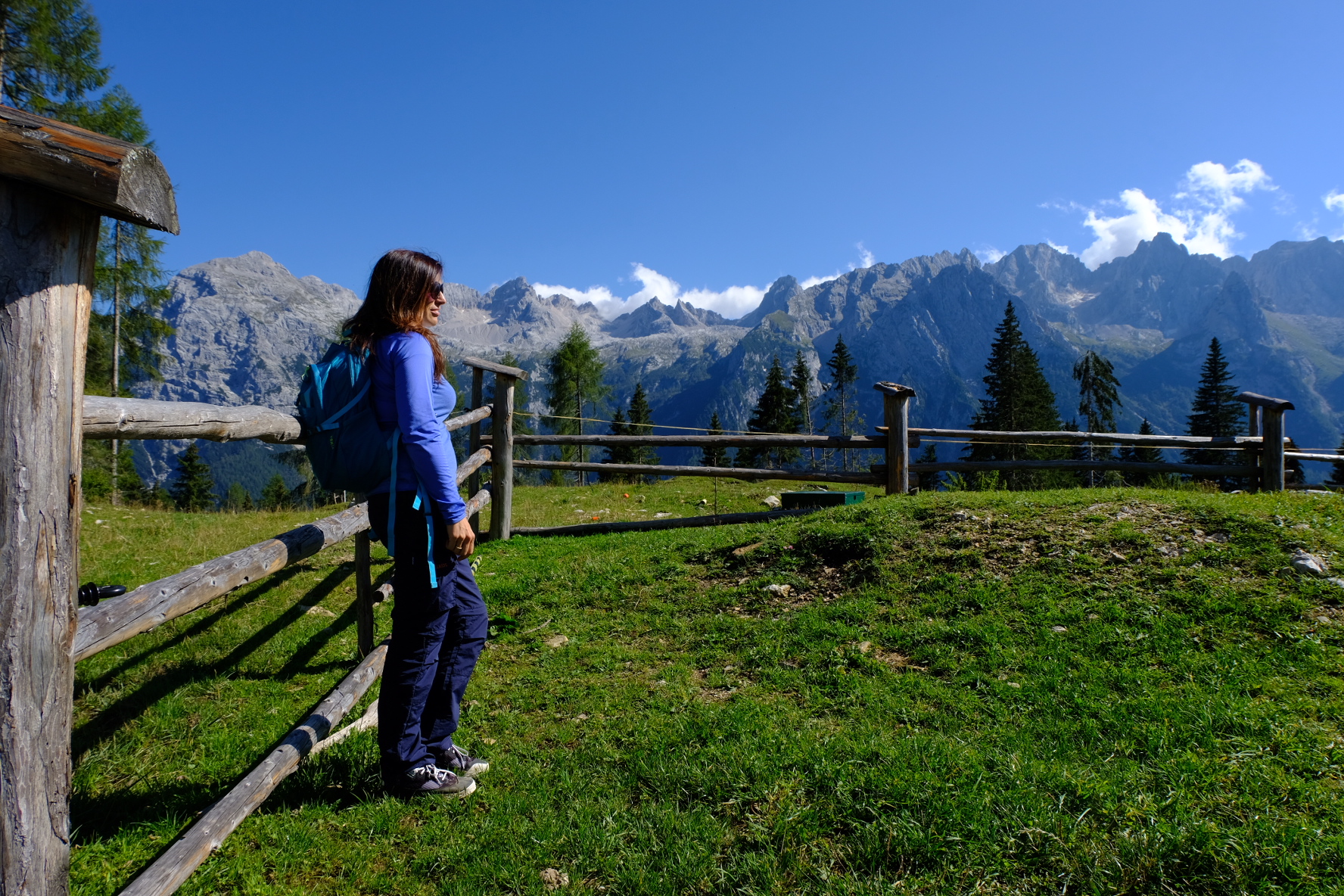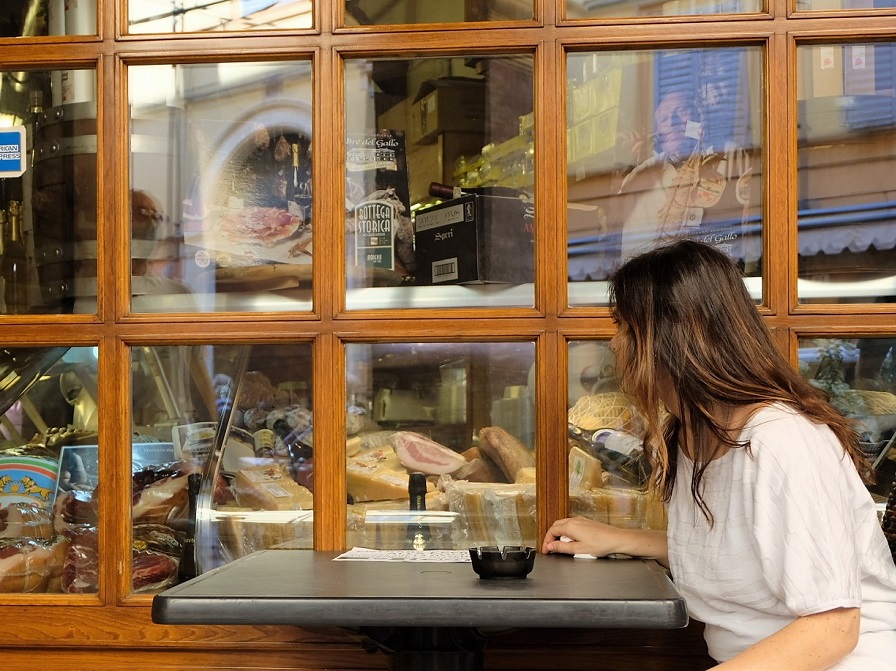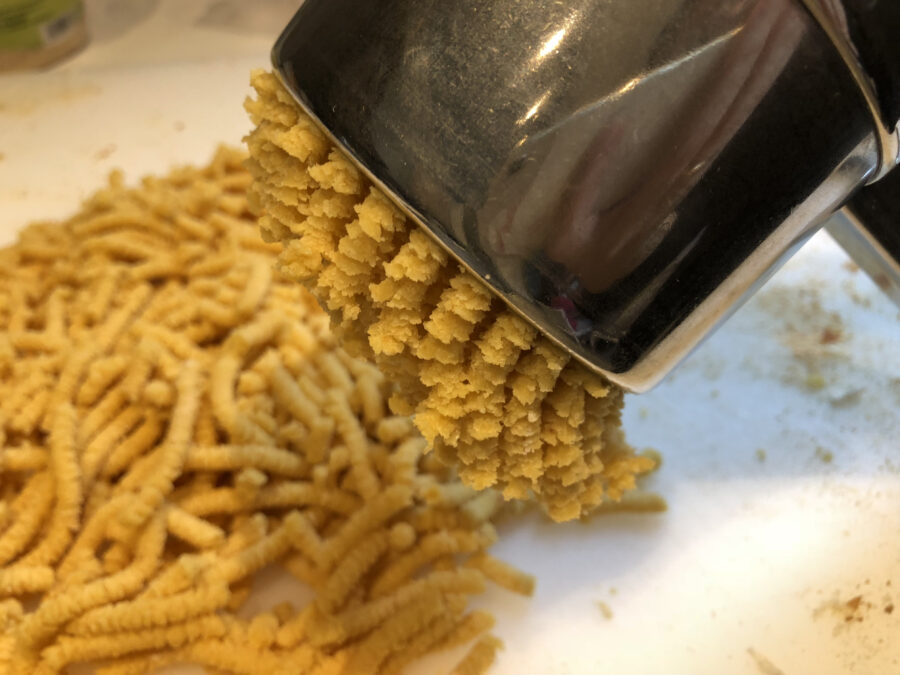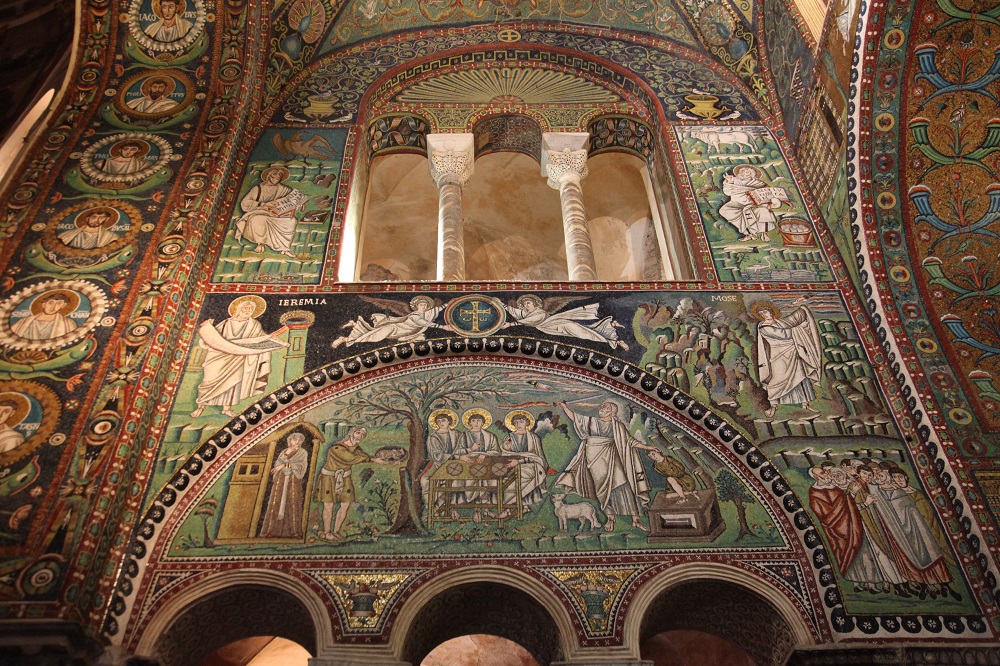
Ravenna, stunning mosaics and delightful Piadina
Ravenna a small but important city of Emilia Romagna. At first sight it can looks just like any other Italian city with cobblestoned streets and lively squares but after a tour with a good local tourist guide you’ll discover its incredible history and beauty . Even if I don’t live far from this city the first time I visited Ravenna was few weeks ago. My guide, a woman, an history teacher of an high school of the city, started the tour from a small shop and laboratory of mosaics . The production of mosaics is an ancient tradition for Ravenna that from the Byzantines to date it has never been interrupted, and it’s still possible to find laboratories and schools.Indeed its mosaics are considered the best in the world after Istanbul, they are marvelous vestiges of a time when Ravenna was part of the Byzantine empire. These wonders have been designated as World Heritage sites. During our walking tour through the city we stopped at San Francesco that is one of the churches that best represent a particular aspect of the city . Over the years Ravenna has been affected by a widespread land subsidence process and churches, that were heavy, subsided . But the problem in Ravenna is that only a few feet deep there are aquifers, thus sinking the churches were flooded. In San Francesco it’s still possible to see water (and fishes) inside the apse. We continued our tour visiting Dante’s tomb. It’s funny and interesting all the story about Dante’s bones and how at the end they remained in Ravenna. Then we went to one of the most important place of the city : Basilica of San Vitale, designed like an octagon it’s a unique example in Italy. There are no words to explain the good feeling I had entering this building. It’s really amazing! Mosaics shine and create a play of light and shade. We continued to the Mausoleum of Galla Placidia , adjacent to Basilica of San Vitale . It’s so terribly tiny that visitors have to enter in groups but so mesmerizing is the sight that greets them that nobody wants to leave. Another important building for mosaics it’s S. Apollinare Nuovo. Because of the subsidence this church looks like it’s about to collapse because the walls are definitely deformed, but the mosaics are wonderful! At the end we had lunch with a delicious Piadina ! This is a specialty of Romagna , the coastal area of the region Emilia Romagna. It is a flatbread made with flour, salt, water and usually lard or sometimes olive oil. The Piadina from Ravenna is often thicker than others served in the region. It can be filled with cold cuts , sauces, vegetables , cheeses but the most typical filling is Parma ham , rucola (arucola) and squacquerone(a fresh , very soft cheese) . I really love “crescione pomodoro e mozzarella” that is a piadina filled before cooking with tomato sauce and mozzarella cheese, in that way bread and the stuffing cook all together. The result is amazing …. melted mozzarella, but be careful not to burn!

